Most cyclists could be forgiven for putting their feet up in the depths of winter, staying out of the cold and enjoying the off-season, with only social rides keeping the legs turning. Others, though, will be ticking off the miles in the name of ‘base training’.
But are long, slow miles worth building into your winter training plan? Or is base training best left to WorldTour pros who can dedicate 30 hours a week to riding?
We’ve spoken to three cycling coaches to discover whether base training for cyclists is a myth or a must-do.
What is base training?
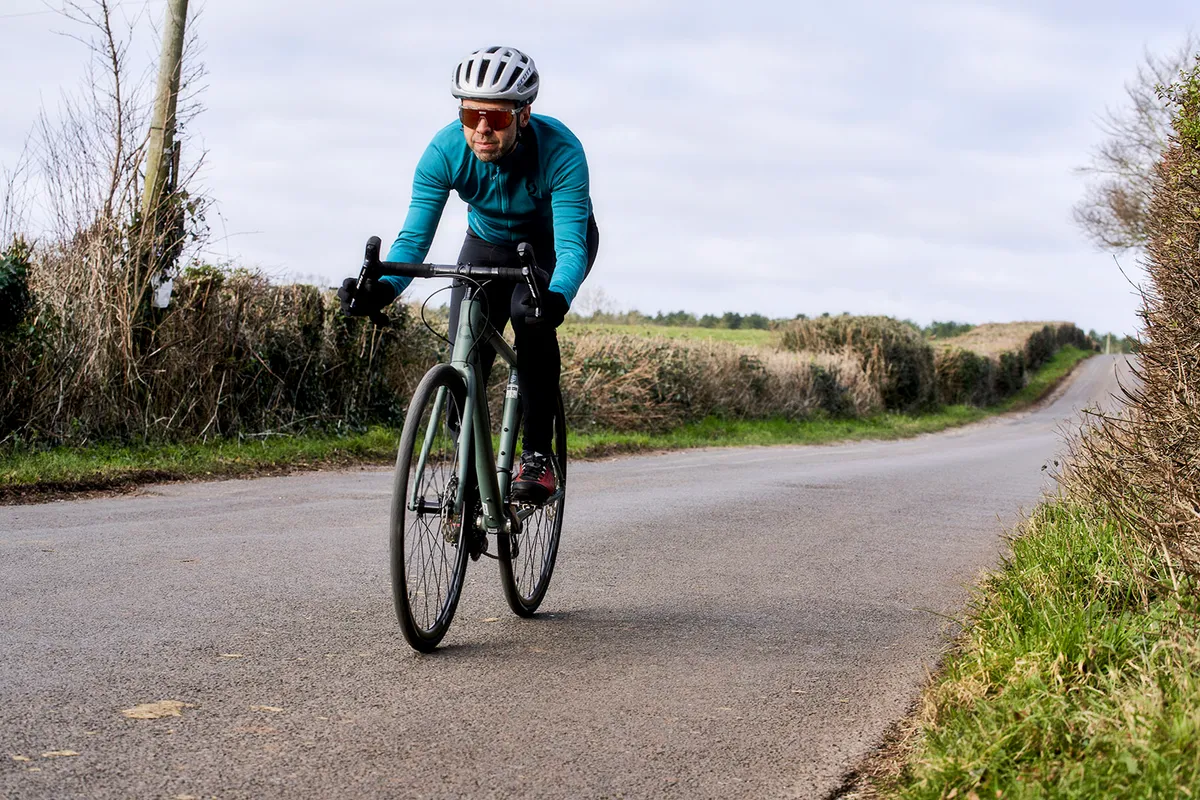
Base training involves long, steady rides intended to build your aerobic fitness.
Mac Cassin, principal sports scientist at Wahoo Fitness, describes base training as “low-intensity, higher volume riding” typically in the winter (or off-season, for cyclists who race in the spring and summer).
This form of training provides the foundation on which to build your form through the rest of the season. The clue is in the name – if you consider your fitness as a pyramid, base training provides a solid endurance base, while your top-end form, typically developed through short, sharp interval training sessions, is represented by the peak of the pyramid.
“The goal is to develop your aerobic base fitness,” explains Matt Rowe of Rowe & King Cycle Coaching. “That gives you the fitness and ability to train harder and absorb a greater workload further down the line.”
Completing a phase of low-intensity endurance training prepares the body for more intense work to come, adds Matt Bottrill of Matt Bottrill Performance Coaching, enabling you to build sustainably towards a higher peak of form.
“Things like HIIT [High-Intensity Interval Training] are the pillars of your future training blocks, which is how you’re going to get your peak performance,” he says. “But base training is about building those foundations so you can then take the load.”
In terms of intensity, slow and steady is the name of the game – this is no smashfest around the local lanes, chasing KOM/QOMs on Strava. Base training rides should involve riding steadily in zone two of your training zones.
If you train with a power meter, zone two is 56 to 75 per cent of your Functional Threshold Power; if you train with a heart rate monitor, zone two is 65 to 75 per cent of your maximum heart rate.
In any case, your rating of perceived exertion should be about 4/10, with 10 being an all-out effort. Your breathing should be controlled so that you can hold a conversation.
There is some debate over training with heart rate vs training with power. Generally, heart rate is considered a more affordable and easy way to gain insight into your training, while power will give you a more accurate and real-time reflection of your output.
Cassin says a typical base training workout in the Wahoo Systm app, which would usually be done outside, would involve a five-minute warm-up followed by up to five hours at zone 2 and then five minutes’ cool down.
What are the benefits of base training?
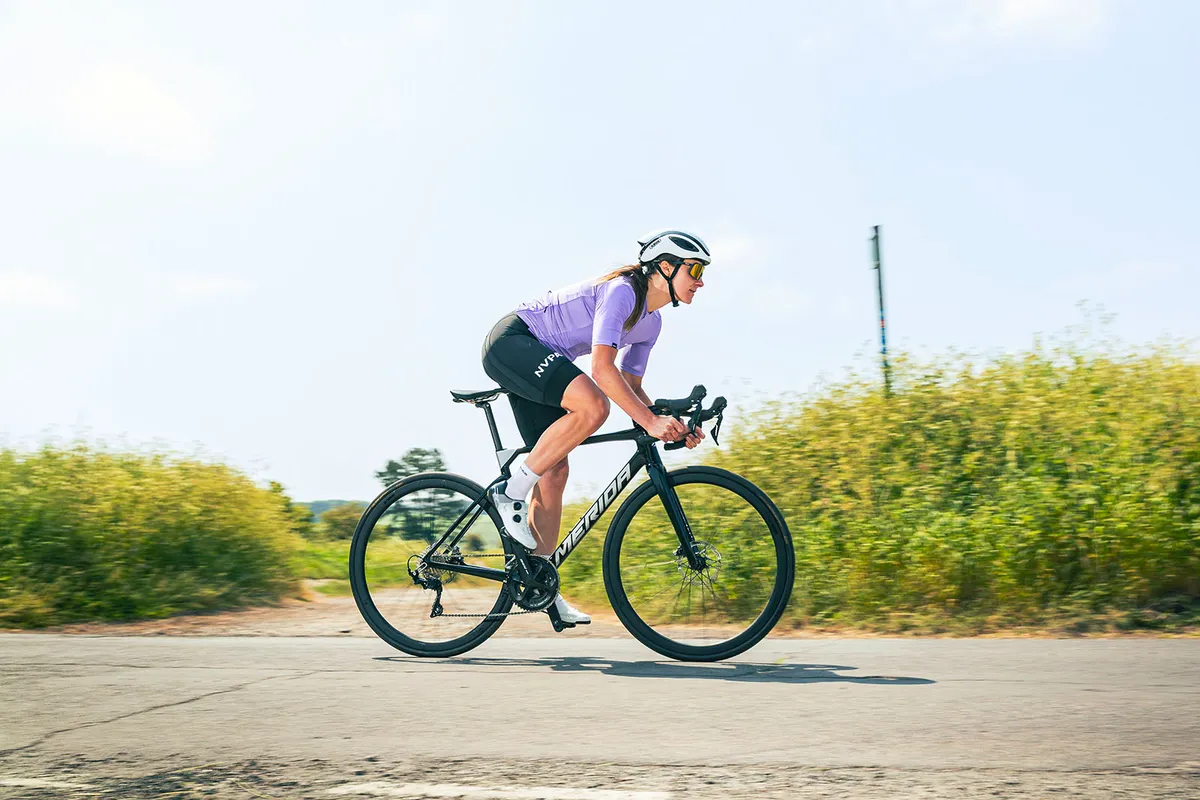
Base training has three main benefits: to improve your aerobic efficiency; to improve your ability to use fat as a fuel source; and to provide a solid foundation of fitness on which to build your form.
“Base training improves your endurance, so you’re able to cycle at a lower percentage of your VO2 max,” says Rowe.
As a result, you’ll be able to produce the same wattage from less effort, he adds. Put simply, this will enable you to ride faster before becoming fatigued.
Base training has other benefits beyond your effort-to-output ratio. “It enables you to cycle more aerobically, using more fat as opposed to carbohydrates as a fuel source,” adds Rowe.
When riding at a low-to-moderate intensity, the body is using its aerobic energy system, with fat as the primary fuel source. The good thing about fat is that there are almost endless supplies of it, but it takes the body a lot longer to turn it into energy.
During high-intensity efforts (be it going with a break or tackling a hill) or when fatigued, the body switches to its limited stores of glucose sourced from carbohydrates (glycogen), stored in muscles and the liver.
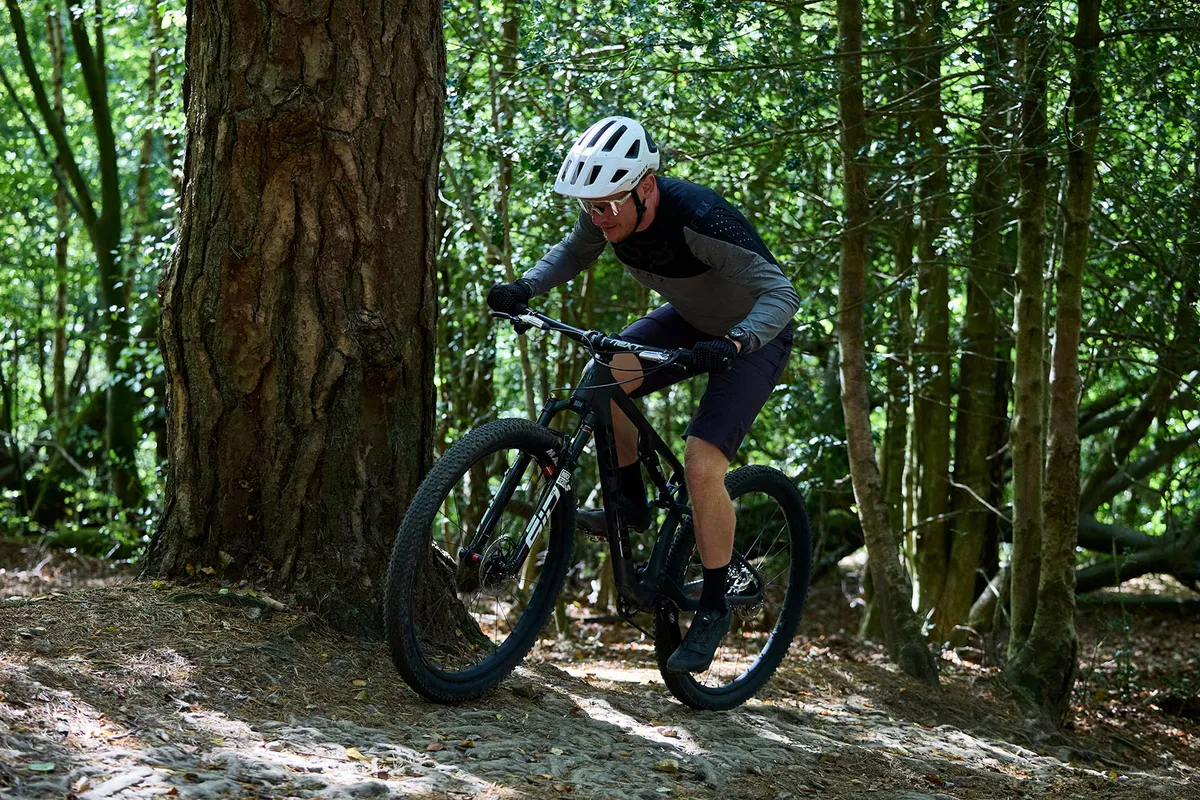
By boosting the body’s ability to source energy from fat during steady efforts, it leaves your limited carbohydrate stores ready for when you need them most (those high-intensity efforts) – and potentially prevents the dreaded bonk. Base training will help raise your FatMax, the point at which your body switches from fat to carbohydrates as the primary fuel source.
A solid base will also leave you better prepared for any setbacks in training, according to Rowe: “Once you’ve got that solid base, if you have a bit of time off due to illness or injury, you bounce back a lot quicker.
“Also, when you build up the training sustainably, you hold your form for longer when starting off with a good base.”
The science behind base training
Base training has the potential to improve your fitness, but what’s happening on a cellular level after long sessions in the saddle?
“The main physiological adaptation you’re seeking is better mitochondria density,” explains Rowe.
“The mitochondria is the powerhouse of the cell, and having more – and denser – mitochondria allows your body to process greater amounts of fats and carbohydrate per minute. Your [lactate] threshold increases as well, which is a positive for endurance.”
He adds: “There are a bunch of other scientific adaptations that happen, too. You increase muscle glycogen storage – basically more energy – so you should have more left in the tank at the end of a long ride.
"That’s important because having bigger mitochondria in the cells increases your capacity to ultimately cycle more efficiently and train harder.”
In addition, zone 2 riding increases your body’s density of capillaries. These are small blood vessels, which transport blood to and from your muscles.
The more capillaries you have, the quicker you can deliver oxygen to the muscles and flush away metabolic waste products, which cause fatigue during anaerobic exercise.
Who needs to do base training?
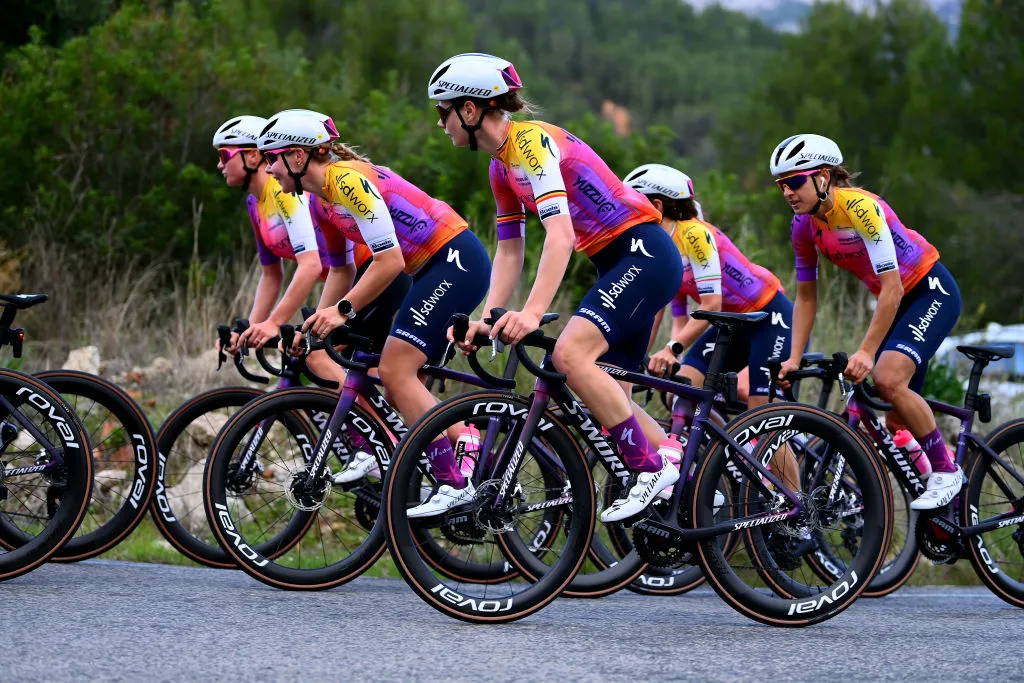
Base training has long been favoured by professional cyclists, who have the luxury of logging winter miles on dedicated training camps in Calpe, Mallorca, Tenerife and other sun-kissed destinations, ahead of the racing season.
“If you’re a professional cyclist, the traditional method of base training will help create that big aerobic base, but it takes a long time and hours of riding,” says Rowe, whose brother, Luke, rides for Team Ineos Grenadiers.
Retired WorldTour professional Ian Boswell now questions the wisdom of professional riders logging 40-hour training weeks.
“Is that the most optimal training? Possibly. But still, a lot of WorldTour riders train too much.”
While he acknowledges that such high volume “may be appropriate” for Grand Tour preparation, most amateurs are training for one-day events.
Therefore, they can get fit fast without such high volume.
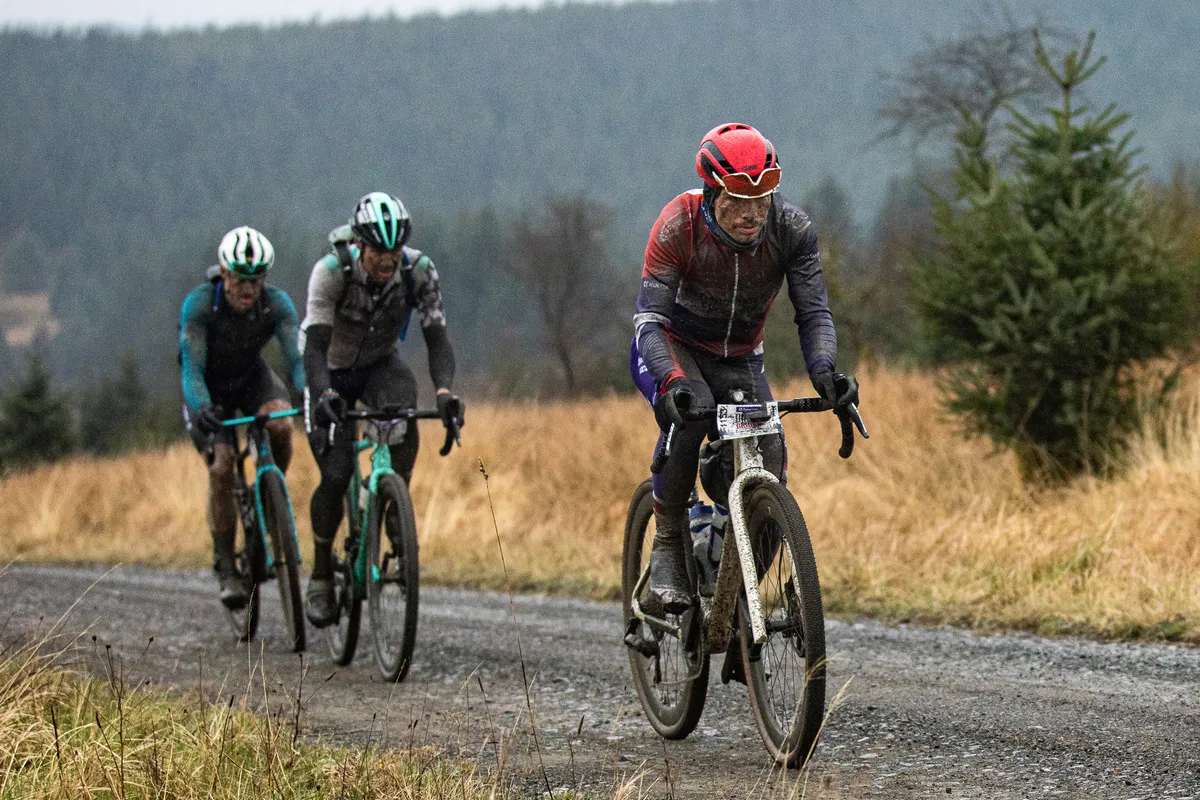
Nonetheless, Bottrill says everyone should do base training. He adds: “If you don’t do the base, you’ve got nowhere to go with it.
“You’ve got to do that first phase of base training – getting the winter miles in – to get a response and take the load for the rest of the year.”
Most riders have limited time to train, however – particularly if you’re balancing family, work and social commitments, alongside a training plan.
While base training can be beneficial to everyone in some shape or form, Rowe emphasises the importance of variety.
“If you can train for six hours a week and that’s all the time you have available, then spending those six hours solely base training and riding fairly steady will result in a reduced total work done, so reduced training stress, which could leave you losing fitness,” he says.
The key for time-crunched riders, he adds, is to combine base training with rides at a higher intensity. He says 60-minute turbo trainer sessions are ideal.
How can I introduce base training into my winter plan if I’m short on time?

Whether you’re planning to race hour-long criteriums or ride 100 miles or further, Rowe and Bottrill both advise starting your training with a ‘build phase’ that incorporates base training.
“It’s all about periodisation,” says Rowe. “After the [initial] build phase is where you would see the most difference in the training for these two riders.”
Rowe advises combining a long weekend base ride with indoor training workouts on a smart trainer at a higher intensity.
An alternative to training periodisation is reverse periodisation, which switches the base training phase to the spring. Better weather and longer daylight hours can be more conducive to high volume, especially if the winter months are plagued by rain or snow.
Boswell now observes reverse periodisation by prioritising intensity in the winter and volume in the run-up to key summer events such as Unbound.
Cassin says reverse periodisation works well if you train a lot indoors in the winter.
He adds: “Even if you have big events in the summer, it’s not unreasonable [in the winter] to do some of your highest-intensity riding in terms of a raw percentage [of weekly training time].”
If you do ramp up the miles in spring, intensity will need to decrease to compensate for the higher training load, according to Cassin.
In the winter, sweetspot training can be particularly beneficial, Rowe adds. Your training 'sweetspot' is at the top end of zone three and lower end of zone four – intervals at this intensity are said to offer the most training bang for your buck for riders with limited time.
“The trick is combining indoor and outdoor riding,” adds Rowe, who sets interval training sessions for his coached riders year-round.
“Zwift complements outdoor riding – it’s not a replacement for it. You can use the weekend to develop your base endurance; a long group ride is fantastic. And then, in the week, you can do a bunch of sweetspot work.”
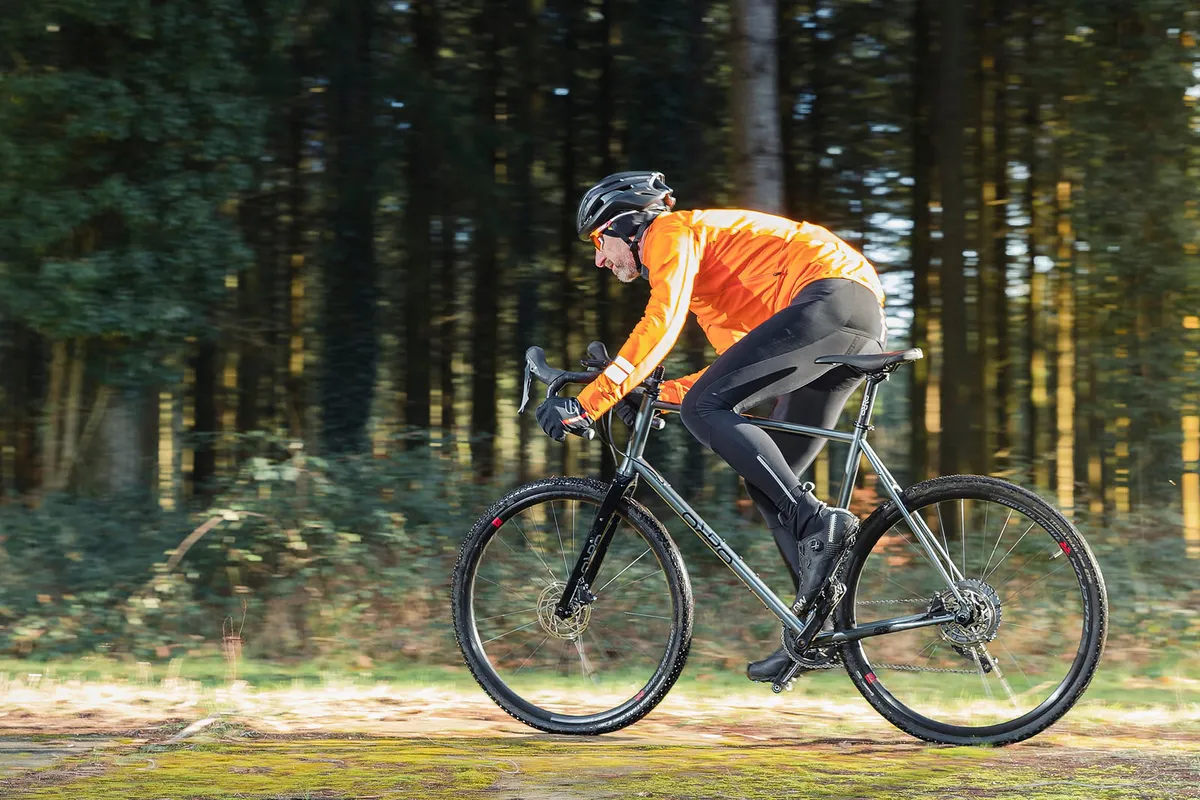
Long rides have an additional benefit beyond improving your fitness, Rowe says, particularly if preparing for an event where you’re likely to spend many hours in the saddle.
“Getting that long riding in will develop you as a bike rider – not just your legs and your energy systems, but those muscles in your upper body as well,” he says.
“If you’re trying to do races, events and sportives that are four to six hours long, you need to get your body used to sitting on a bike in a certain position for a long time.”
Bottrill also recommends using long rides as a way to work on any weaknesses in your technique, including cadence drills. “The winter is always about asking ‘what’s my weakness?',” he says.
Taking a varied approach to training should stand you in good stead for the season ahead, building your aerobic base while also keeping your higher-end fitness ticking over.
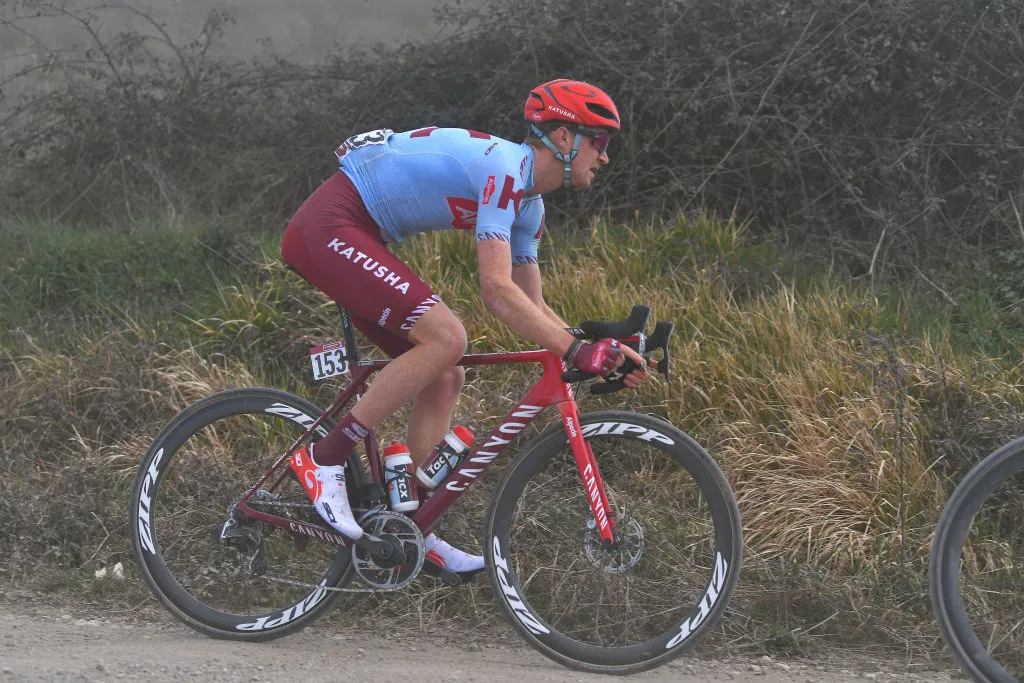
Time needn’t be a barrier to effective training. “I am a huge believer in quality over quantity,” concludes Rowe.
Boswell now finds himself in a similar situation to amateur riders. He combines family life with work for Wahoo Fitness and training for gravel racing.
He lives in the US state of Vermont, where the base training approach he took as a pro isn’t possible in the cold, dark winter.
Now, the 2021 Unbound Gravel men’s winner rides 10 hours a week on average in winter. He does fewer four-hour endurance rides in favour of more short indoor training sessions, along with strength training.
He adds: “With lower volume, increasing the intensity maximises the time I have available to ride.
“I wish I knew this eight years ago when I was training as a pro: you can be much more efficient with your time.
“It allows more time for rest, recovery and nutrition off the bike, which is a huge factor you miss when you are training so much.”
